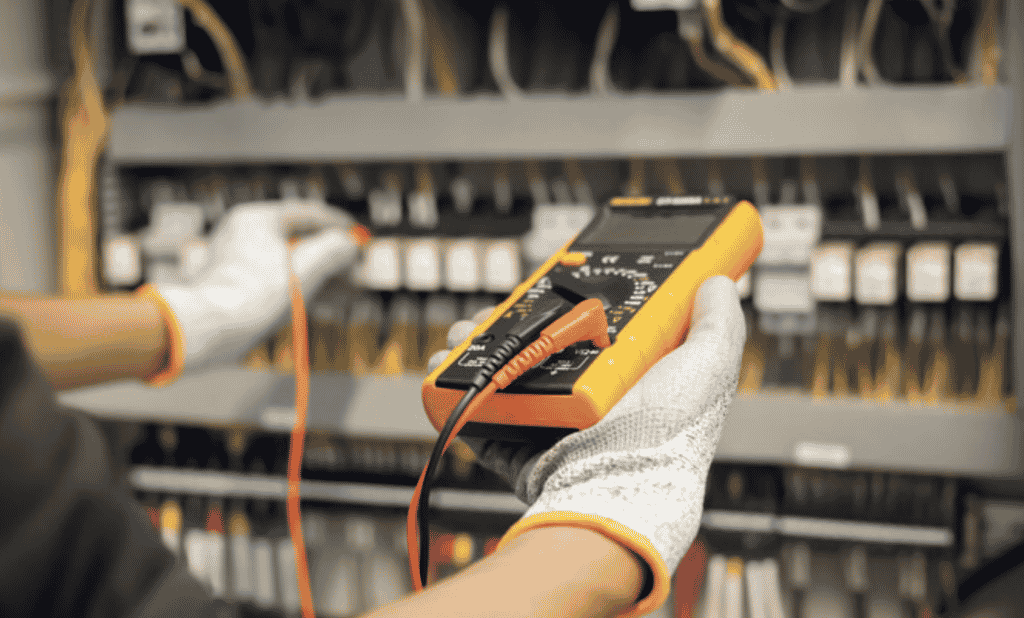The safety and health at workplaces remind all the businesses that have an obligation to protect workers and other people frequently visiting the premises, including kids, guests, and customers.
Part of these safety and health measures is the duty of testing and tagging electrical equipment and appliances in the work sites.
With time, electrical appliances or equipment will get tired and old and may start to malfunction. This is where test and tag NZ services come to play to give you peace of mind.
Requirements for Testing and Tagging
- Recording: Testing technicians need to create detailed reports of their test results. Copy of their reports should be submitted to business owners. Businesses need to keep those records as part of AS/NZS 3760 standard compliance.
- Electrical testing: This involves testing equipment/appliances electrically using DA 90 $120 PAT.
- Tagging: Tags must be non-metallic, durable, and non-reusable. They should as well have the company’s name or people who carried out the tests as well as the completed date.
- Visual inspection: This comprehensive inspection is required to check for all the damages to the electrical equipment or appliances.
Who Should Test & Tag Electrical Equipment/Appliance
Industries like mining, demolition, and construction must have their equipment tested and tagged after three months. That is due to the harsh nature of this industry, which damages equipment at a higher rate.
For every three months of equipment testing, the test & tag colours will change at a different period in the year, ensuring months coincide with a particular test tag colour.
With these industries excluded, testing, as well as tagging, are not legislative requirements for other work sites. But every employer has an obligation to ensure the safety of all the employers.
Equipment That Needs Testing & Tagging
Every plug-in and portable appliance located in the workplace, which is up to around 2.5m, requires tagging, testing, and inspection. As the general guide, the below items are needed for tagging as well as testing:
- Powerboards
- Extension cords
- Chargers, mobile phones, telephones, and fax machines
- Photocopiers
- Printers
- Monitors and desktop computers
- Laptop computers
- Cord sets/leads
- Desk lamps
Equipment/Tools Required for Testing Electrical Appliances
It is the work of test technicians to determine which equipment to use for all the tasks and know the limitations of testing electrical appliances they work with.
In the most basic form, electrical testing refers to the act of applying a current or voltage to circuits and comparing value to the expected results.
Electrical test appliances or equipment authenticates the math behind circuits, and every piece of equipment is made for specific applications.
For instance, a multimeter is the most common tool required for testing electrical equipment or appliances. It is also referred to as VOM, and it is usually a handheld tool that combines measurement functions like frequency, resistance, voltage, and current. Apart from the multimeter, other tools you can use include DLRO, megohmmeter, secondary test set, power factor, and relay test set, just to name a few.
Final Words!
Not every workplace has legislative requirements to carry out testing as well as tagging electrical appliances/equipment. So as an employer, you have the responsibility to ensure your workers are safe from unsafe and untested appliances.

